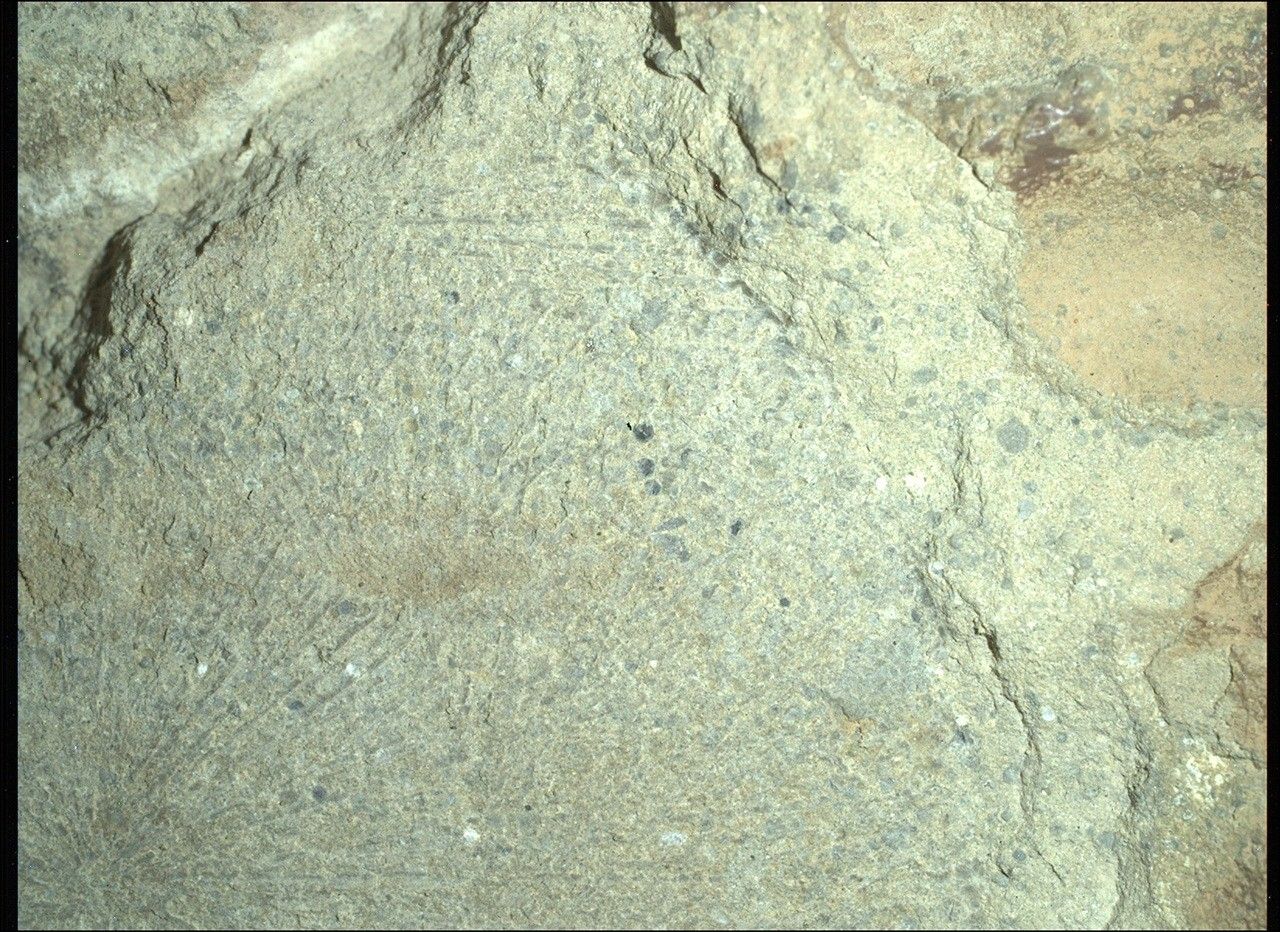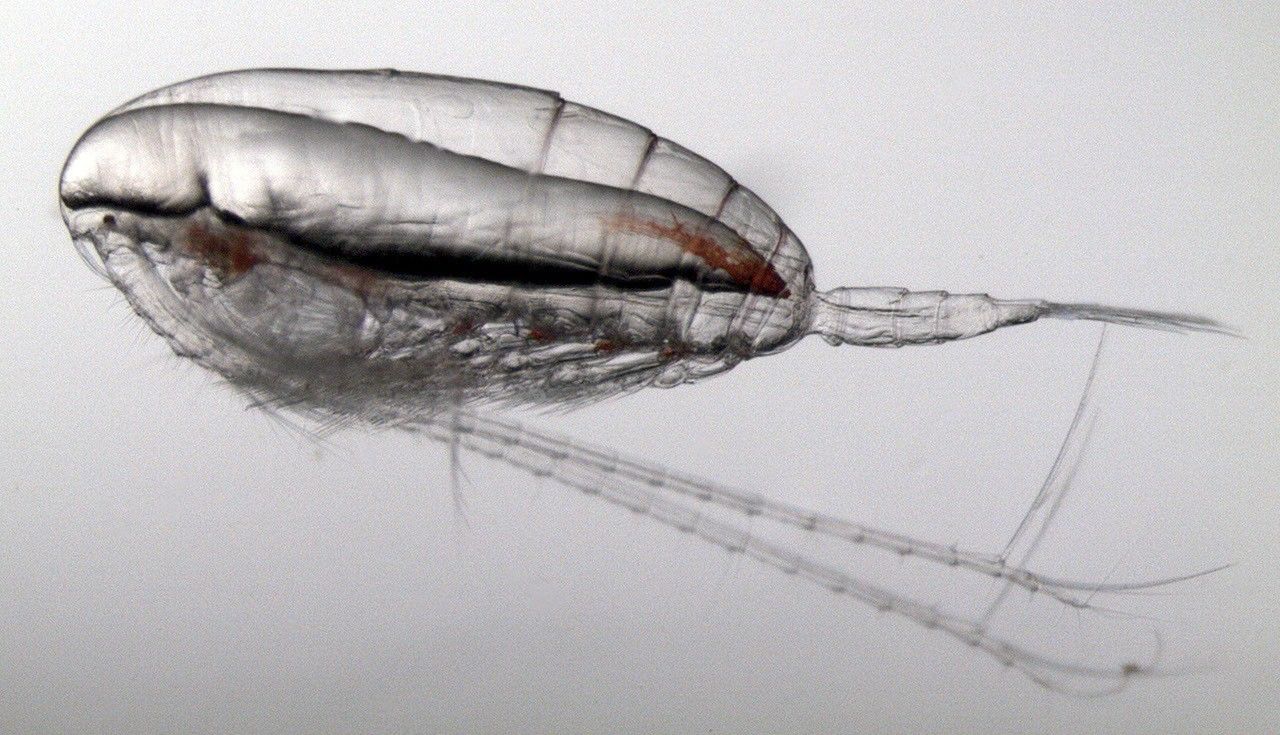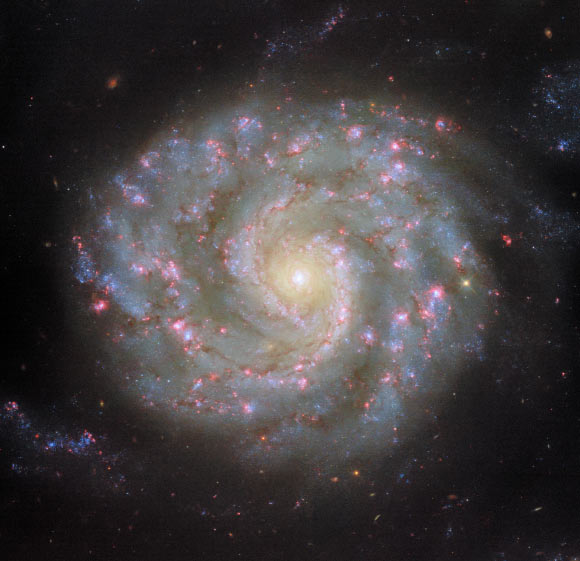Now Reading: Search for Spherules: Exploring the Unknown
-
01
Search for Spherules: Exploring the Unknown
Search for Spherules: Exploring the Unknown

Quick Summary
- NASA’s Perseverance rover has been analyzing unique spherules, bubble-shaped stone formations, on the Jezero crater’s “Witch Hazel Hill.”
- Spherules were first identified by Mastcam-Z on March 11, 2025 (Sol 1442) at “Broom Point” in a rock called “St. Pauls Bay.”
- Additional clusters were discovered by SuperCam at “mattie Mitchell” and subsequently spotted across various outcrops like “sally’s cove,” “dennis Pond,” and “Puncheon Rock.”
- The team performed an abrasion on the accessible Pine Pond outcrop targeting rock areas named “Hare Bay,” revealing spherules embedded in light-toned grains.
- Instruments such as PIXL, SHERLOC, WATSON, Mastcam-Z, and SuperCam are used to analyze composition and structure.
- Hypotheses for spherule formation include volcanic activity or impact-related processes.
- Future laboratory work will investigate the origin of these formations to better understand Mars’ geological evolution.
Read More: NASA Blog
Indian Opinion Analysis
NASA’s ongoing research into the geological features of Mars highlights humanity’s strides toward interplanetary understanding. The discovery of densely packed spherules is intriguing as it deepens scientific inquiry into planetary history. While this study is centered around Mars’ surface evolution billions of years ago-possibly revealing volcanic or impact-related origins-the core takeaway for India lies in its reminder about active participation in space exploration.
India has established itself as a meaningful player through missions like Mangalyaan (Mars Orbiter Mission), which laid foundations for planetary science contributions. The global pursuit of unraveling Mars presents an avenue where Indian researchers could contribute to interdisciplinary analysis alongside agencies like NASA. Such collaborations not only enhance technological advancements but also position india further within international space research discourse.
Engagement in projects examining Martian data may also help India’s domestic innovations around advanced instrumentation or predictive models relevant for Earth sciences paralleling similar goals. Perseverance underscores the importance of sustained missions and resource-sharing-a point worth contemplating as countries chart their priorities amidst growing space aspirations globally.




























